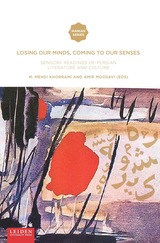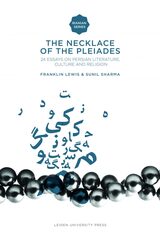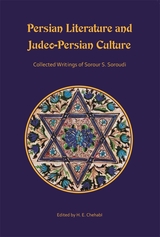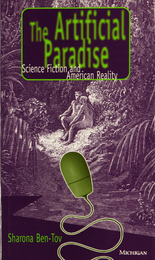

At its height in the sixteenth and seventeenth centuries, the Mughal Empire was one of the largest empires in Eurasia, with territory extending over most of the Indian subcontinent and much of present-day Afghanistan. As part of the Persianate world that spanned from the Bosphorus to the Bay of Bengal, Mughal rulers were legendary connoisseurs of the arts. Their patronage attracted poets, artists, and scholars from all parts of the eastern Islamic world. Persian was the language of the court, and poets from Safavid Iran played a significant role in the cultural life of the nobility. Mughal Arcadia explores the rise and decline of Persian court poetry in India and the invention of an enduring idea—found in poetry, prose, paintings, and architecture—of a literary paradise, a Persian garden located outside Iran, which was perfectly exemplified by the valley of Kashmir.
Poets and artists from Iran moved freely throughout the Mughal empire and encountered a variety of cultures and landscapes that inspired aesthetic experiments which continue to inspire the visual arts, poetry, films, and music in contemporary South Asia. Sunil Sharma takes readers on a dazzling literary journey over a vast geographic terrain and across two centuries, from the accession of the first emperor, Babur, to the throne of Hindustan to the reign of the sixth great Mughal, Aurangzeb, in order to illuminate the life of Persian poetry in India. Along the way, we are offered a rare glimpse into the social and cultural life of the Mughals.

The topics of the 24 essays range from the Persian Alexander romance, to Ferdowsi’s Shahnama and other epics, the poetics and imagery of the ghazal and the qasida, Mughal court poetry, Sufism, Ismaili history, Baha’i literature, Iranian linguistics, the modern writer Sadeq Hedayat, and the reception of Salman Rushdie’s novel in Persian translation.
In Persian literature the Necklace of the Pleiades is a metaphor for the six or seven stars (Parvin, or Sorayyâ, high up in the constellation Taurus) which the heavens bestow, like precious pearls, upon a poet in gratitude and reward for composing a beautiful poem. The poem itself is compared to a string of pearls, with its carefully chosen words bored like unique pearls and strung in perfect metrical proportion. As Hafiz puts it:
You’ve sung a ghazal, pierced the pearls, come and sing it sweetly, Hafiz!
The heavens strew the very Necklace of the Pleiades upon your verse.

READERS
Browse our collection.
PUBLISHERS
See BiblioVault's publisher services.
STUDENT SERVICES
Files for college accessibility offices.
UChicago Accessibility Resources
home | accessibility | search | about | contact us
BiblioVault ® 2001 - 2025
The University of Chicago Press









